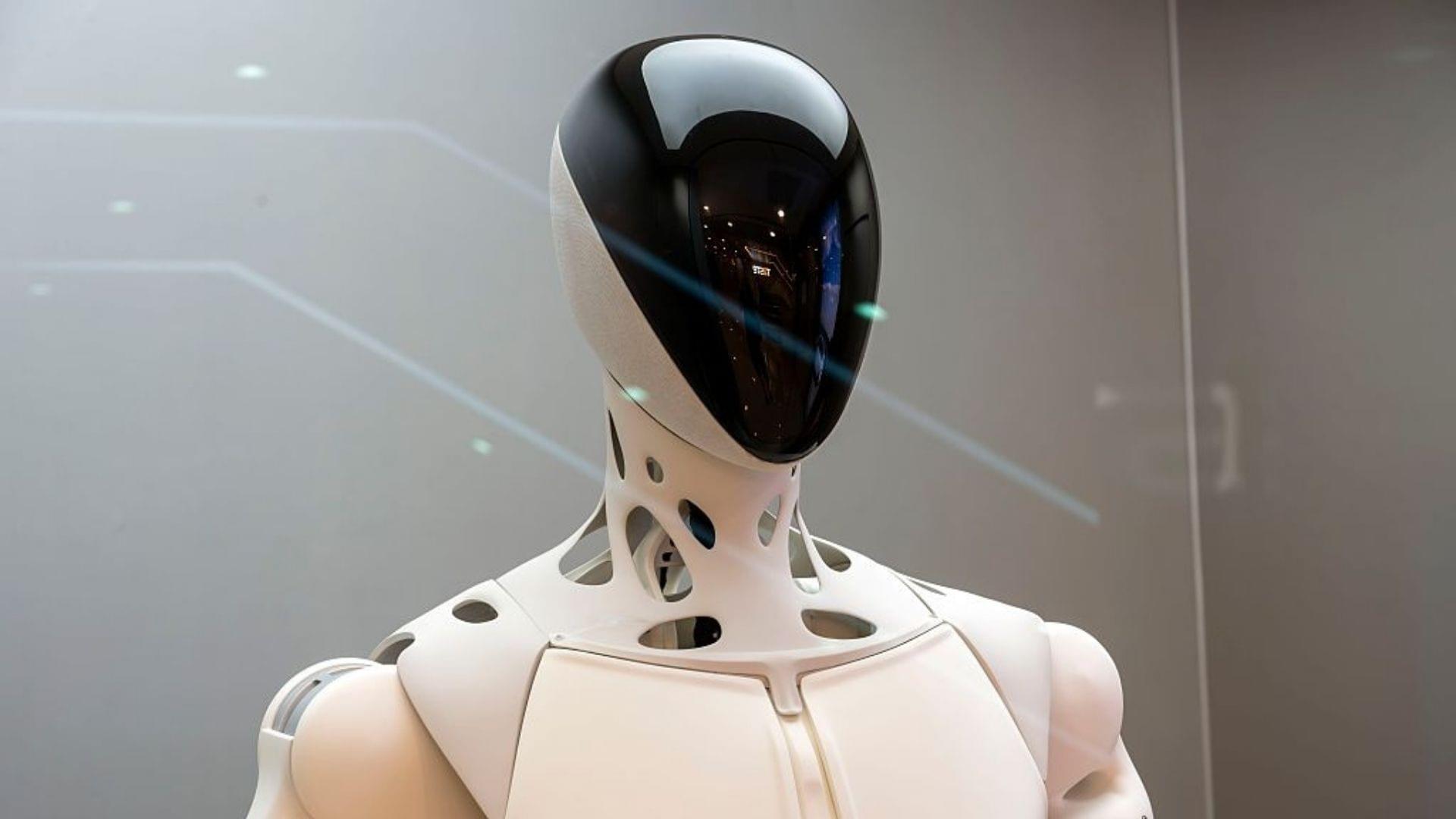The robot will undergo a four-month testing phase at the Orano Melox facility in France to assess its mobility and precision.
France has deplopyed Hoxo, an AI-powered humanoid robot, to enhance safety and efficiency in nuclear plant operations.


Dr Andrea Weisse, from the University of Edinburgh’s Schools of Biological Sciences and Informatics, who led the research, highlighted the urgency of the situation.
“Bacteria are clever little things. They have been learning how to dodge our antibiotics, and they are getting better at it all the time,” she said.
“If we don’t find new drugs – or new tricks to outsmart them – we are in trouble. What we are trying to do here is really understand how their defence systems work. Once we see the mechanism clearly, we can figure out smarter ways to beat them and treat infections more effectively.”



Engineers have achieved a major milestone in the global effort to design energy storage systems that combine high speed with strong power output, opening new possibilities for electric vehicles, grid stabilization, and consumer electronics.
In a paper recently published in Nature Communications, the research team introduced a new type of carbon-based material that enables supercapacitors to store as much energy as traditional lead-acid batteries while delivering power at a much faster rate than conventional battery systems.

Who would have predicted that one of the hottest trends for beleaguered biotechs in 2025 would be to rebrand as a crypto company?
Leap Therapeutics has became the latest drug developer to make the move, transforming this morning into Cypherpunk Technologies and focusing on its hoard of $50 million worth of a digital currency called ZEC.

Engineers have coaxed them into lasting longer, using a smarter materials stack and some painstaking fabrication.
Researchers in the United States say a superconducting qubit now holds its state for more than a millisecond, long enough to change how we think about useful quantum circuits. The result pushes lab records and nudges industrial roadmaps toward designs that look manufacturable rather than bespoke.

Scientists caught a star dying in real time — and its explosion wasn’t round, but olive-shaped.

Can an AI persona detect when a human is lying—and should we trust it if it can?
Artificial intelligence, or AI, has had many recent advances and continues to evolve in scope and capability. A new Michigan State University-led study is diving deeper into how well AI can understand humans by using it to detect human deception.
In the study, published in the Journal of Communication, researchers from MSU and the University of Oklahoma conducted 12 experiments with over 19,000 AI participants to examine how well AI personas were able to detect deception and truth from human subjects.